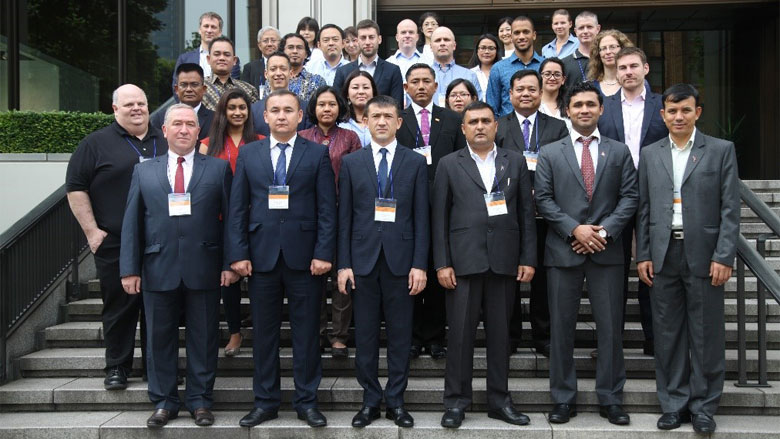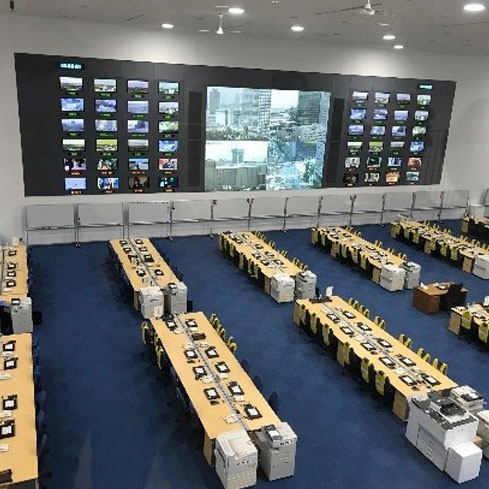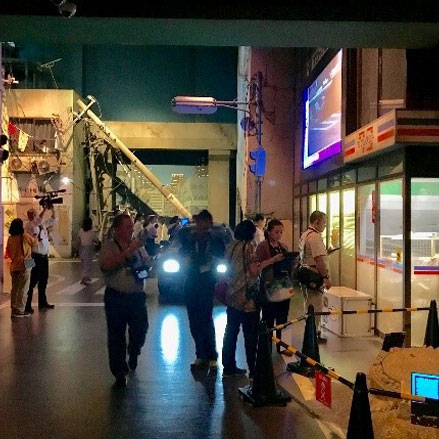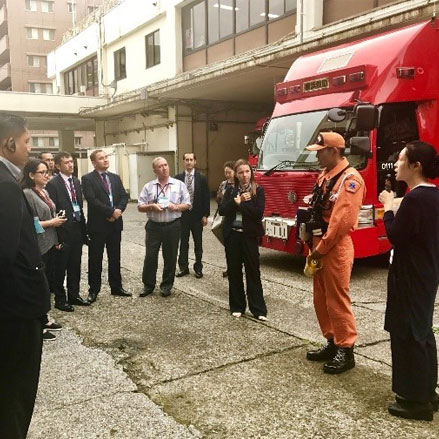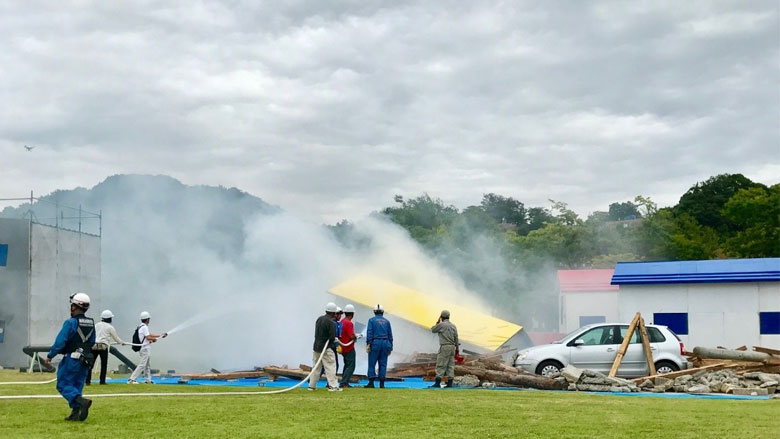A recent World Bank report notes that the impact of extreme natural disasters is equivalent to a global $520 billion loss in annual consumption, and forces some 26 million people into poverty each year. A functional response reduces felt consequence and enables rapid recovery, reducing cumulative impacts to public safety and the economy. Emergency preparedness and response (EP&R) capacity must keep pace with development and demographics to ensure these gains are not lost because of disaster and emergencies. Consequently, a well capacitated EP&R system is the first line of defense for investments and country development.
Many of the World Bank’s disaster risk management programs have largely focused on longer term process and structural risk reduction efforts, e.g. risk-sensitive land use planning, coastal and riverine flood defenses, etc. As a result, while several smaller scale EP&R projects have been implemented in the last decade, only recently, through projects, such as Istanbul Seismic Risk Mitigation Project (ISMEP) and the Bangladesh Urban Resilience Project, has EP&R been considered as a major component of resilient development. As these projects matured, internal expertise to organize and advise in this area was challenging to obtain. This dual pressure of increased demand for this type of project and limited supply of internal expertise has led to a growing service gap for the World Bank Group (WBG) investment in emergency preparedness and response.
Overview
On August 28 – Sep 3, 2017, the World Bank Ready2Respond (R2R) Community of Practice (CoP), City Resilience Program (CRP), Global Facility for Disaster Reduction and Recovery (GFDRR), and the World Bank Disaster Risk Management Hub in Tokyo, in collaboration with CITYNET Yokohama, convened clients and TTLs from 5 countries together with experts from Japan and Canada for a Technical Knowledge Exchange (TKX) on Emergency Preparedness and Response in Tokyo and Yokohama. The week-long innovative learning exchange was structured around key practical themes:
